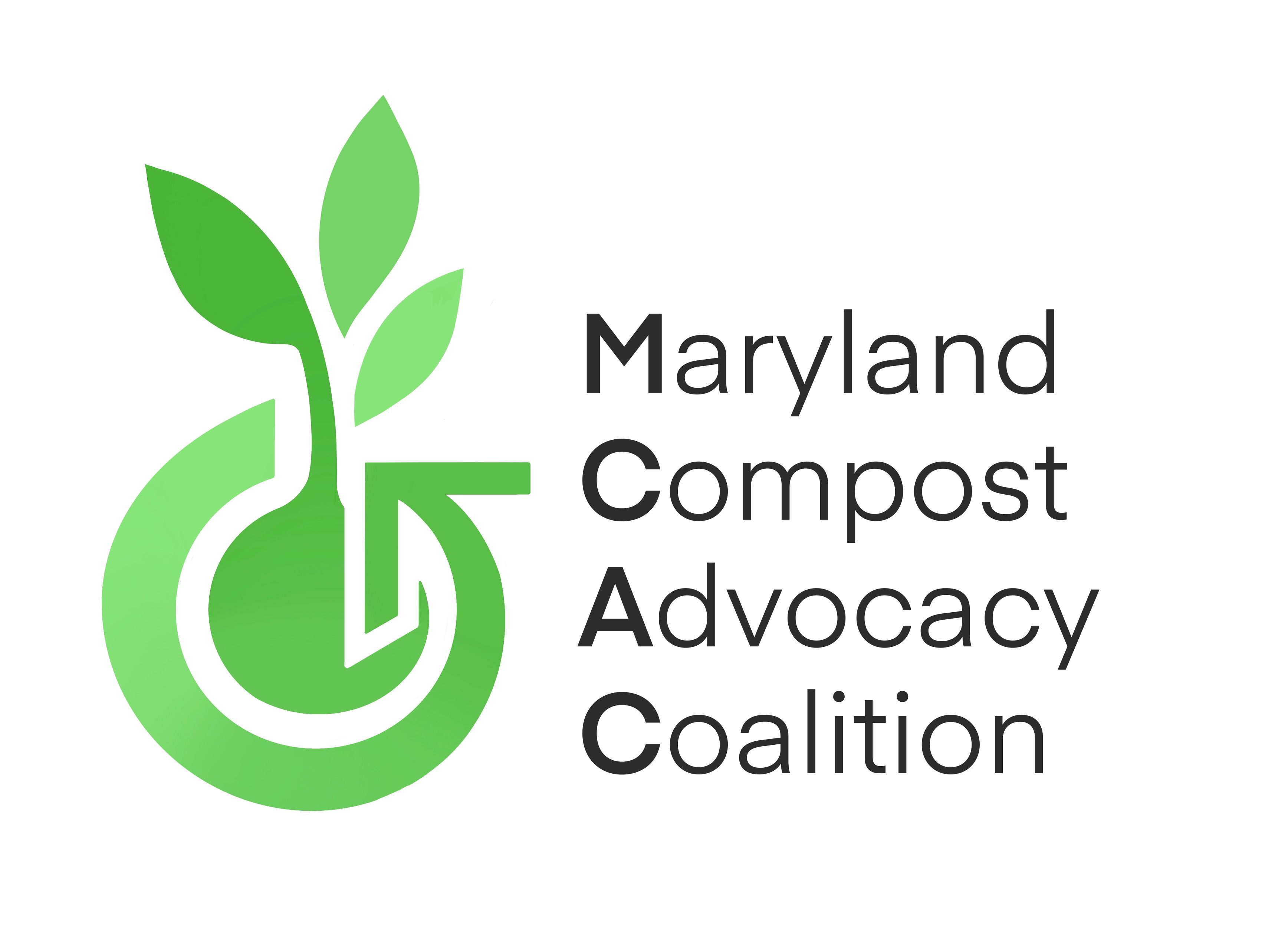
Legislation passed in 2021 to require large food waste generators to divert their waste away from landfill or trash incinerator if an organic recycling facility is nearby that can take their waste.
Food waste is a persistent problem, with over 25% of the overall food supply at the retail and consumer level going uneaten and wasted. Disposing of our organic material in landfills and incinerators contributes to climate change. Whether landfilled or burned, the waste generates methane and carbon dioxide. Methane is a potent greenhouse gas that is 86 times more potent in causing the climate to warm than carbon dioxide, and landfills contribute 17% of Maryland’s methane. Landfill emissions are expected to more than double from our 2011 levels by 2020, according to the 2019 update to the Greenhouse Gas Reductions Act Draft Plan.
Fortunately, this problem has a solution. Large generators of food waste, like prisons, hospitals, grocery stores, and cafeterias, produce most of the organic waste in the state – facilities that generate over 1 ton of food waste a week contribute over half of Maryland’s organic waste. With HB264, these facilities will have a drastic impact on lowering our carbon emissions when they source-separating their food residuals and divert them out of landfills and incinerators. By pursuing specific zero waste strategies: sending food residuals to a compost or anaerobic digestion facility, reducing waste, donating servable food, managing residuals in a system installed onsite, or diverting food waste for agricultural purposes, this organic waste will sequester carbon or be repurposed for beneficial use.
The bill has three main components:
- Requires large-scale food waste generators to source-separate food residuals if an organics recycling facility exists that has the capacity and is willing to accept food residuals within a 30 mile radius
- Gives facilities flexibility for disposing of organic waste by offering a list of zero waste strategies, including: sending food residuals to a compost or anaerobic digestion facility, reducing waste, donating servable food, managing residuals in a system installed onsite, or diverting food waste for agricultural purposes.
- Allows for food waste generators to receive a waiver if the cost of recycling waste is not competitive with the cost of disposing waste using other methods.

Aside from climate benefits, compost improves our soil health. When added to soil, compost adds carbon and can reduce urban stormwater pollutants by 60 to 95%. Soil health has been in decline, in part due to our broken food system. We extract nutrients when we grow plants in soil, but do not return those nutrients to the soil. Adding compost to our soil strategy replenishes the soil microbiome and improves soil health.
Many large and small facilities already divert their food waste from landfills and incinerators, and demonstrate that this can be done with successfully. Find out more and see what food waste diversion actually looks like!
PDF Fact Sheet
